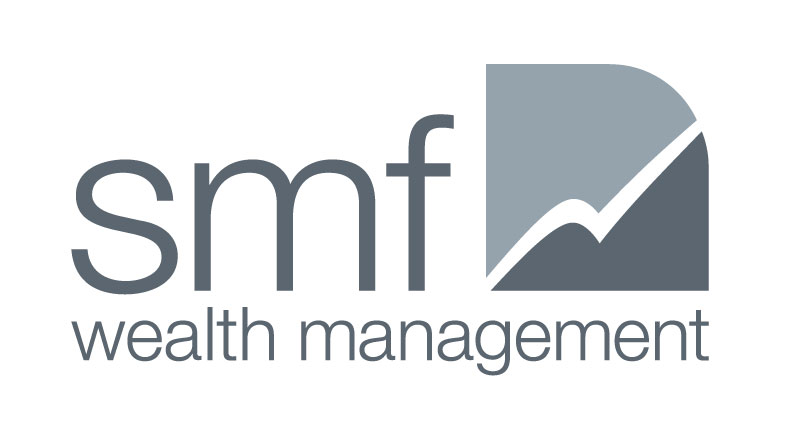
Global economy
On the inflation front, notably in the US, prices of durable goods were unchanged from January to February, while prices of non-durables were up 1.8%, largely due to rising energy prices. Prices of services were up 0.3%. While there were some promising signs in the February inflation data, the reality is that the war in Ukraine has led to dramatic increases in the prices of energy, food, and some key minerals. Most of this was not factored into the February inflation figures, as the war started in late February. These impacts will show up in the inflation data in the months to come, exacerbating and prolonging inflation in the US and elsewhere. How bad this gets and how long it lasts will depend on the war, the sanctions, and the reaction of policymakers.
The Conference Board forecasts that US annual growth in 2022 should come in at 3.0% year-on-year. Looking further ahead, they forecast that the US economy will grow by 2.3% year-on-year in 2023. In light of Russia’s invasion of Ukraine, they have downgraded their 2022 and 2023 growth expectations and increased their inflation forecast. While acknowledging that the severity and duration of the negative impact on economies are difficult to predict, their base case for major commodity prices suggests the war is costing the US economy about 0.5% per annum of lost GDP.
- Chinese economic growth faced the following challenges in the first quarter:
- Retrenchment in the property sector;
- Zero COVID policy resulting in restrictions on personal movement and business; and
- Declining domestic demand.
As a result, and in direct contrast to many other nations, the authorities have been loosening monetary policy to stimulate growth and support the economy.
Euro area annual inflation is expected to be 7.5% in March 2022, up from 5.9% in February according to a flash estimate from Eurostat, the statistical office of the European Union. The war in Ukraine is driving up inflation via second-round effects, originating from high energy prices and affecting a wide array of products and services. These dynamics are currently exacerbated by renewed COVID-19 restrictions in China upsetting supply chains.
Australia
Job Vacancies rose 6.9% in the 3 months to February to 423.5k. Vacancies are now 86% higher than pre-pandemic levels. Underscoring the strength of labour demand even after employment has more than recovered from lockdown impacts, there are now just 1.3 unemployed people per job vacancy, less than half the number prior to the pandemic of 3.1. Job vacancy data continues to indicate a very high level of demand for workers post the lockdowns.
The Federal Budget was delivered on 29 March. The Budget was both a pre‑election Budget and a progression to the next phase of fiscal policy, following the significant support provided to the economy over recent years. Key policy initiatives announced include measures to help offset the rising ‘cost of living’ (including a temporary reduction in the fuel excise, a one‑off Cost-of-Living Payment to pensioners & other concession holders and a Cost-of-Living Tax Offset for more than 10 million low‑and‑middle income earners).
Commodity-rich Australia is one of the very few countries to receive an economic growth upgrade by the International Monetary Fund, after the global outlook was slashed due to the war in Ukraine and soaring inflation. Australia is expected to receive a boost from the surge in the price of commodities such as gas, iron ore, coal and wheat.
The International Monetary Fund’s World Economic Outlook tipped Australia’s economy to expand by 4.2% in 2022, up from 4.1% forecast in January.
While only a modest upgrade, it bucks the trend of the IMF slashing global growth by 0.8% to 3.6% this year because of the war in Ukraine, supply chain disruptions and surging energy prices.
Fixed income and currencies
Australian yields rose at a rapid pace during the March quarter, with the three-year bond yield increasing by a staggering 1.42%. The long end of the curve rose 1.17%, which was also an incredibly large move by historical standards. This means any investors holding Australian Government bonds in general, would have experienced significantly negative returns this quarter.
Similar to the Australian market, the US three-year bond yield skyrocketed up by 1.55% over the March quarter.
Also, during the March quarter, the credit spread for Investment Grade Credit widened by 36 basis points. Interestingly, given the uncertainty in markets, High Yield spreads tightened in March by 15 basis points. This is likely to have been a rebound of sorts, given High Yield spreads are still 92 basis points wider than at the start of the year.
Credit market fundamentals still remain sound with credit rating agencies forecasting default rates to remain well below historical averages.
The recent flattening of the US yield curve has left many investors wondering whether a US recession is on the horizon and whether they should adjust their portfolios in response. Interestingly, another indicator of recessions has been the spread between 3-month and 10-year Treasuries. Currently, this spread isn’t sending signals of an economic slowdown.
The Australian dollar (AUD) rose 3.02% against the US Dollar (USD) to 0.7482 over the March quarter. We also saw a 4.09% increase in value against major trading partners ($A TWI) for the quarter.
Shares
The Australian market on a price basis gained 0.74% over the March quarter. The leading sectors were Energy (up 25.09%), Utilities (up 12.72%) and Materials (up 11.84%), all of which benefitted from the war. I.T. was the worst performer (down 14.04%), followed by Health Care (down 10.65%) and Consumer Discretionary (down 10.59%).
From a market capitalisation perspective, small caps underperformed large caps by around 6% for the quarter. In line with global markets, at a style level, Growth and Quality were the worst performing styles for the quarter.
Value and Value Weighted were the best styles for the quarter. This is likely due to the market pricing in likely interest rate rises by the RBA, which will more likely have a greater impact on growth stocks than value stocks from a valuation perspective. This is somewhat emphasised by the high valuations in general for Growth stocks.
International markets performed poorly during the March quarter, with all of the major overseas markets except the FTSE 100 producing negative returns.
From a style perspective, all styles produced negative returns for the quarter, with the exception of Equal Weight, which only just managed positive territory (0.6%). Growth and Quality were the worst performers for the quarter, down by 12.3% and 11.2% respectively.
Disclaimer: This newsletter has been issued by Consultum Financial Advisers Pty Ltd (Consultum) | ABN 65 006 373 995 | AFSL 230323 an Australian Financial Services Licensee.
Any advice or information in this publication is of a general nature only and has not taken into account your personal objectives, financial situation and needs. Because of that, before acting on the advice, you should consider its appropriateness to you, having regard to your personal objectives, financial situation and needs. The information in this document reflects our understanding of existing legislation, proposed legislation, rulings etc as at the date of issue. In some cases, the information has been provided to us by third parties. While it is believed the information is accurate and reliable, this is not guaranteed in any way. Opinions constitute our judgement at the time of issue and are subject to change. Past performance is not a reliable guide to future returns.
